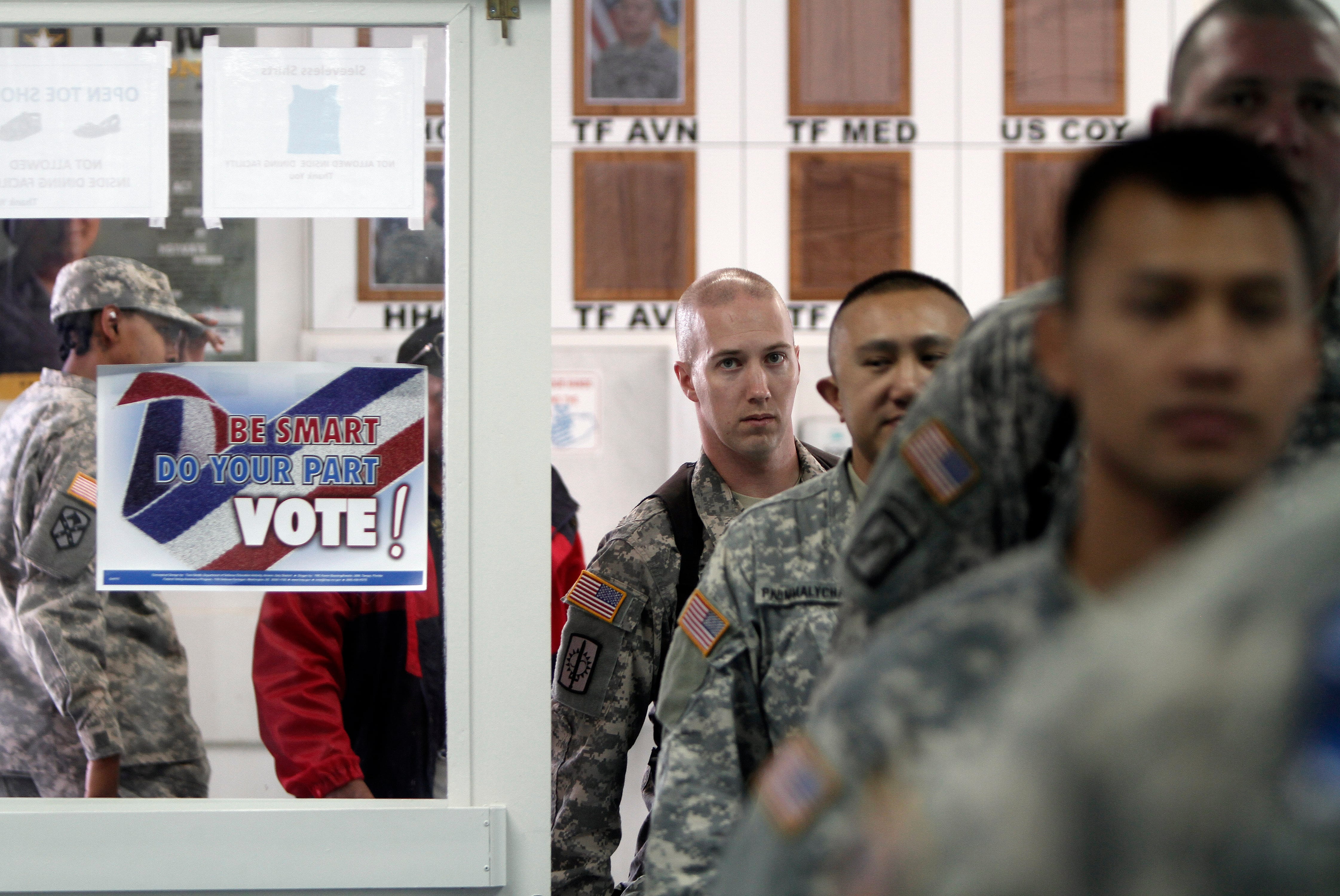ABOARD THE AMPHIBIOUS ASSAULT SHIP WASP — Test pilots for the Marine Corps' highly anticipated next generation jump jet recently slugged it out against one another in simulated aerial fights off the Eastern seaboard as part of the aircraft's first round of operational testing.
Marines with three squadrons aboard the amphibious assault ship Wasp flew dozens of sorties a day at the stick of the F-35B, the service's next generation short-takeoff, vertical-landing fighter that will meant to replace the AV-8B Harrier and EA-6B Prowler.
The sea trials, which ran May 18-29, put the aircraft to the test in a real-world operational environment just weeks before it could be tasked with crisis response or attack missions. The first F-35B is expected to hit the fleet in July.
During testing, pilots were tasked with launching simulated attacks on each other or intercepting aircraft attacking the ship. The 'dogfights' showcased the aircraft's technology, which is far more advanced than light-years ahead of legacy jets. The F-35 has more th sophisticated stealth and electronic warfare capabilities — all in a single airframe.
"When you put together the stealth with the situational awareness, with it being connected to all the other airplanes, with the information sharing — this airplane is going to be pretty darn hard to beat," said Maj. Michael Roundtree, one of the test pilots with Marine Fighter Attack Training Squadron 501 out of Marine Corps Air Station Beaufort, South Carolina.
The pilots noted the aircraft's ability to provide "unparalleled situational awareness" through its advanced sensor system, including a $400,000 helmet. The helmet displays all flight data on its visor, allowing pilots to fly without glancing down to read instruments. It also an in-cockpit instrument cluster or stationary heads-up display. It also feeds streaming video from an array of six infrared cameras around the aircraft, providing to provide a seamless 360-degree view.
When paired with the aircraft's communications capabilities, F-35 its pilots have unprecedented awareness of their environment, Roundtree and his fellow pilots said. While not going into classified detail, Maj. Richard Rusnok, the F-35B detachment officer in charge for Marine Operational Test and Evaluation Squadron 22, declined to offer specifics on the aircraft's classified radio system, but said pilots can communicate with the ship and and among each other without using radios. The system, which is shrouded in secrecy, allows pilots them to silently and seamlessly divvy up targets.
The next round of tests for the aircraft will involve live-fire weapons training in Arizona.
"We have a lot of weapons for each pilot to drop, a lot of missiles to shoot in June and July," Walsh said.
While still in the early stages, the F-35 won't have its full arsenal of weapons capabilities until additional brackets are added to the aircraft in 2017, according to Lt. Gen. Jon Davis, deputy commandant of Marine aviation. Still, some of the Corps' first F-35s could be called on for real-world missions before then.
The Corps will orient its Marine Corps will focus in the years ahead on shifting its F-35 fleet towards the Asia-Pacific region as the Air Force focuses on Europe. By 2017, the Marine Corps will have two operational F-35 squadrons, one of which will be relocated from Arizona to Japan. Other future stateside F-35 squadrons Additionally, other stateside squadrons will also rotate through Asia on six-month intervals as part of the Unit Deployment Program.




